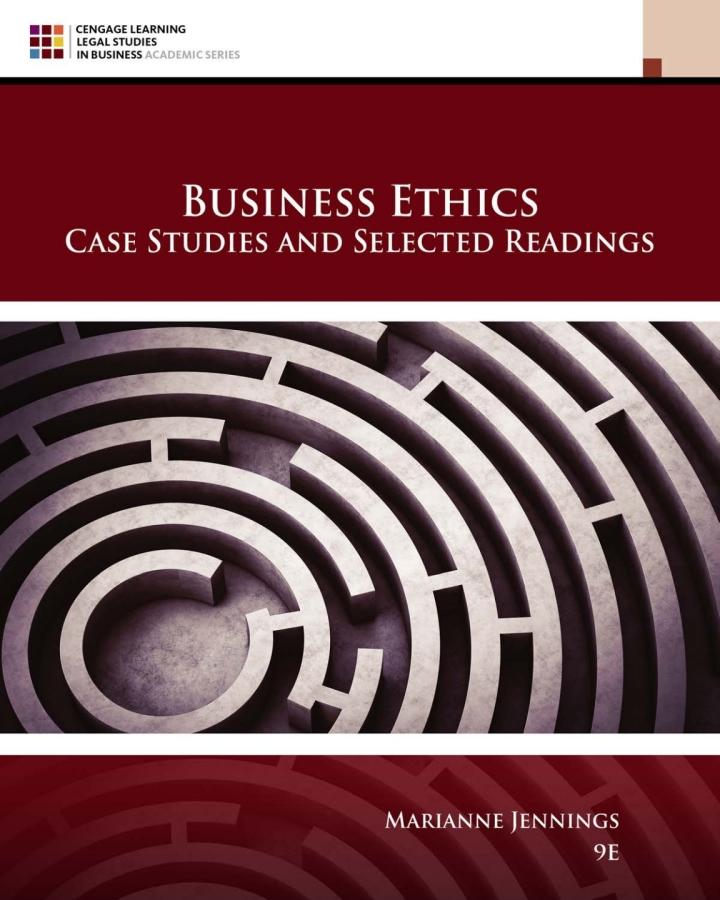Answered step by step
Verified Expert Solution
Question
1 Approved Answer
This case examines the October 2 0 1 5 initial public offering pricing decision for legendary Italian sports car company Ferrari by Fiat Chrysler management.
This case examines the October initial public offering pricing decision for legendary Italian sports car company Ferrari by Fiat Chrysler management. We will evaluate Ferrari in light of Ferrari CEO Sergio Marchionne\'s interest in expanding production despite the company\'s longstanding tradition of severely limiting production strategy to maintain an exclusive brand image. The case provides an opportunity to discuss the IPO and spinoff process and perform a valuation of the company.
Case Questions:
If you were the investment bankerunderwriter on the IPO roadshow how would you position Ferrari as a car manufacturer or a brand? Explain your answer. What elements about Ferraris growth strategy would you highlight to potential investors? What are the risks of the proposed growth strategy?
Do you agree with the financial forecast in Exhibit If so why? If not, what specific concerns do you have?
Perform a valuation of Ferrari based on both a current market multiples valuation and a DCF valuation. In preparation for Ferraris listing on the NYSE, at what price per share in EUR and USD would you recommend that Ferrari shares be sold? The postmoney shares: million.
o For the market multiples analysis please refer to the HBS note Corporate Valuation and Market Multiples and determine the implied value based on an EVEBITDA metric. Exhibit has data for comparable companies. The case provides Ferraris EBITDA. It also provides the EBITDA for the first half of Based on the comparable period for the Latest Twelve Month LTM June EBITDA was
o For the discounted cash flow analysis, you will need to utilize data from the forecast in Exhibit to calculate Free Cash Flow for the forecast period Hint: take total operating profit, adjust for taxes tax rate is that gets you to NOPAT, then add D&A subtract the change in Net Working Capital and subtract Capex remember Capex is equal to the change in Net PP&E plus D&A
o You will also need to determine an assumption for terminal growth rate in free cash flow and use a constant growth perpetuity formula to calculate terminal value. Then you will discount both the free cash flow and the terminal value to present using the discount rate WACC of page
o You will have: PV of Planning Period Free Cash Flow PV of Terminal Value Implied Enterprise Value. Then subtract total longterm debt from the latest balance sheet exhibit June that will get you to the Implied Equity Value. Divide by Shares Implied Share Price in EUR. Then multiply by the USDEUR Exchange Rate to get Implied Share Price in USD.
Step by Step Solution
There are 3 Steps involved in it
Step: 1
1 As the investment bankerunderwriter on the IPO roadshow I would position Ferrari primarily as a brand rather than just a car manufacturer Ferrari has built a unique brand image over the years associ...
Get Instant Access to Expert-Tailored Solutions
See step-by-step solutions with expert insights and AI powered tools for academic success
Step: 2

Step: 3

Ace Your Homework with AI
Get the answers you need in no time with our AI-driven, step-by-step assistance
Get Started


